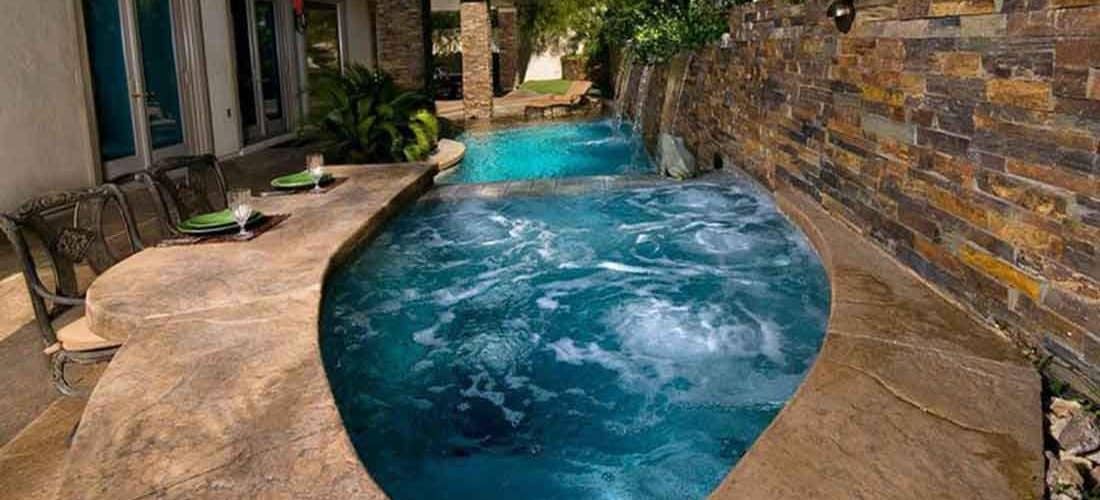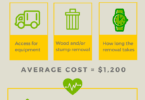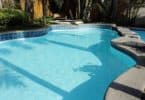The most common materials for in-ground pools are concrete, fiberglass, and vinyl liner. Each has it’s own unique qualities and drawbacks.
- Concrete is currently the most common material used for in-ground pools and gives wide flexibility in the shape of the pool. Finishes can be paint, pebble, or plaster. Concrete pools take longer to complete than fiberglass or vinyl liner pools and will need to be re-plastered every 10-12 years. An average sized pool can cost between $20,000-45,000. Start to finish for a concrete pool can be from 3 to 12 weeks.
- Vinyl lined pools are basically the excavated hole in the ground with panel walls and a sand or concrete bottom. The liner is spread over the hole and fastened to the walls. Vinyl lined pools can be any shape or depth. You’ll want to find out how often liners need to be replaced in your part of the country. Some experts suggest that a medium sized installed vinyl lined pool will cost between $20,000-30,000 while others estimate the cost at $7,000-16,000. Installation can take 1 to 3 weeks.
- Fiberglass pools look like giant bathtubs and are installed in one piece. While sometimes more expensive than concrete to install, they will probably require fewer chemicals than concrete, reducing the overall lifetime cost. Drawbacks to fiberglass pools are the maximum depth of 8 feet and maximum width of 16 feet. Cost for the fiberglass shell with shipping would run between $12,000-25,000. Contractor installed will take the price to $20,000-40,000. Average installation time is 2 weeks.
Beware of hidden costs that will be incurred during and after pool installation.
- In every instance an in-ground pool requires a hole to be dug and in most cases the dirt needs to be hauled away.
- Wherever heavy equipment came through the property to get to the designated digging site is now damaged by ruts and grass or sod will need to be replaced.
- Find out if all electrical costs are included in the pool installation price. Pumps, heaters, automatic covers, and lighting all require electric, plus any extras you’ve decided to install.
- All pools need chemicals, cleaners, skimmers, and test kits. Most of these are ongoing costs.
- There is no federal law in the United States requiring a fence around a pool but most towns and cities do have one. The fence must surround the pool, be at least 4 feet high, it must not be claimable, and it must have a child proof latch. Check your city code for requirements.
- Heaters, lights, filters, pumps, steps or ladders, and surrounding patio may not be included in the price of your pool. Check the contract carefully to know what’s included.
- It has been suggested by pool experts that the completed pool project total is about twice the cost of the pool itself.
There is always the option for do-it-yourselfers to buy a package and install their own pool or hire a contractor to do all or part of the work. A medium fiberglass shell (27-34 feet) runs between $13,000-18,000 (without shipping) and a 12×24 foot vinyl lined kit starts at less than $4000.
<>







